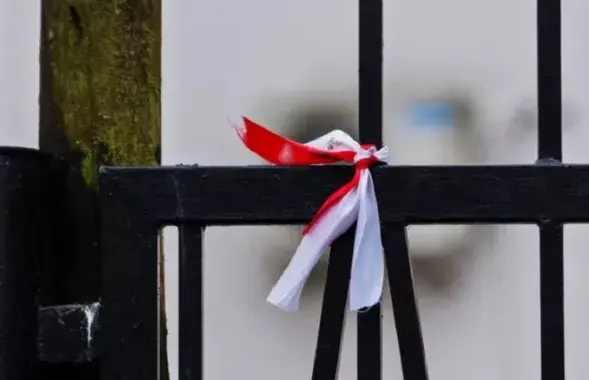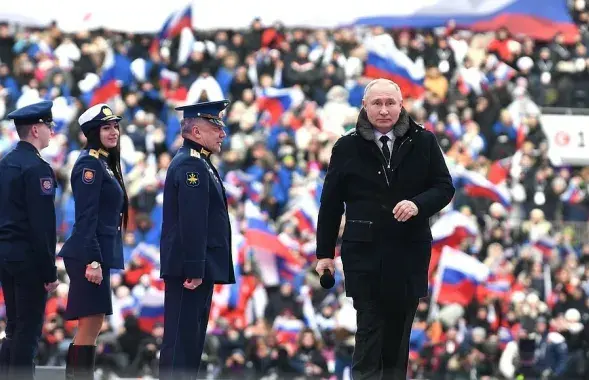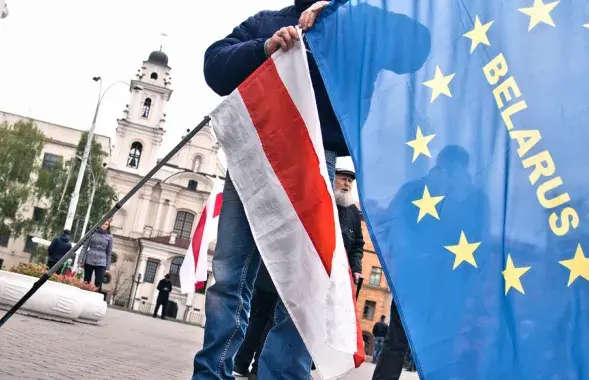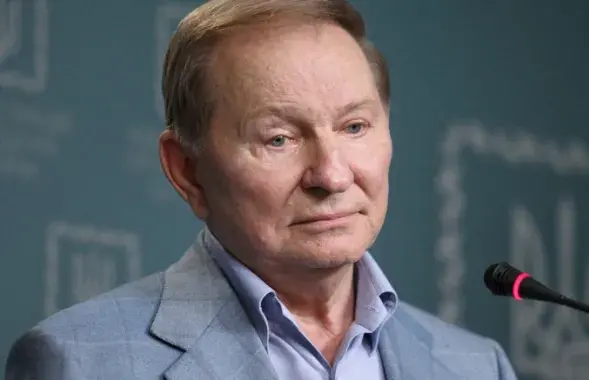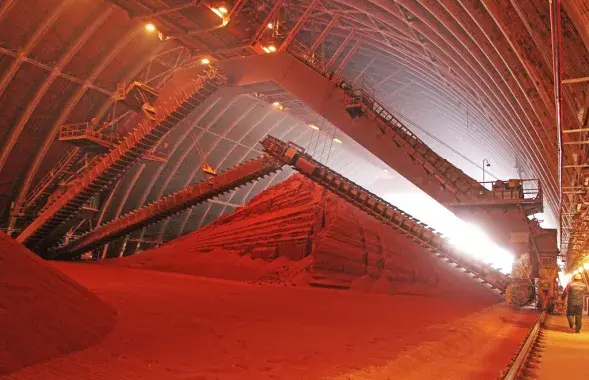Reliance on Russian energy runs out of steam
By Jan Cienski in Minsk
function floatContent(){var paraNum = "3" paraNum = paraNum - 1;var tb = document.getElementById('floating-con');var nl = document.getElementById('floating-target');if(tb.getElementsByTagName("div").length> 0){if (nl.getElementsByTagName("p").length>= paraNum){nl.insertBefore(tb,nl.getElementsByTagName("p")[paraNum]);}else {if (nl.getElementsByTagName("p").length == 3){nl.insertBefore(tb,nl.getElementsByTagName("p")[2]);}else {nl.insertBefore(tb,nl.getElementsByTagName("p")[0]);}}}} A visit to the Grodno Azot factory begins with management proudly showing off the company's newest accomplishment - not the acres of chimneys, pipes and buildings which turn natural gas into fertiliser, but the new power plant, designed to reduce its reliance on that same natural gas.
That is because the cheap Russian energy that has fuelled Belarus's economy since the end of the Soviet Union is becoming steadily more expensive. The preoccupation of every factory manager is how to save energy, as the authoritarian government of Alexander Lukashenko, the president, scrambles to find the money to pay for gas while shielding industry and the population from price increases.
The Belarusian economic miracle, under which the economy has enjoyed average growth of 8.3 per cent a year since 2002, has been built on imports of cheap Russian energy and exports of solid Soviet-style products in the opposite direction. Belarus had also been making a tidy annual profit of at least $3bn by refining subsidised Russian crude and re-exporting it to the west.
However much Mr Lukashenko's programme may have offended economic orthodoxy, it did work. Belarusians have one of the highest per-capita incomes in the former USSR, with low unemployment, a good education system and a more equal distribution of wealth than Russia and Ukraine.
"We managed to preserve our economy," Mr Lukashenko said in a recent interview.
At its peak in 2006, when Belarus was paying $46.68 per 1,000 cubic metres of gas, less than a fifth of the European price, energy subsidies from Russia amounted to more than $7bn, or about 30 per cent of Belarus's GDP, according to Leonid Zaiko, an independent economist.
Since then, Russia has turned the screws, forcing Minsk to agree to pay the EU price for gas by 2011. A nasty dispute led Moscow to temporarily shut off oil and gas deliveries in 2007. Belarus imports about 21.5bn m 3 of gas a year and the European price hit a high of $500 in 2008, although the price is expected to fall in 2009.
The rising gas price poses enormous problems because past money earned by the sweet deal with Moscow was used not to modernise the economy but to subsidise the generous welfare state built by Mr Lukashenko to insulate his 10m people from the turmoil that swept through the Soviet empire when communism ended.
Now Belarus, with a total debt of $14bn, finds itself strapped for cash, and is turning for a $2bn loan to Russia as well as asking the International Monetary Fund for an additional $2bn stand-by loan. Standard & Poors, the rating agency, recently downgraded the outlook for Belarus to negative because of the energy price shock and its deteriorating terms of trade.
Energy price changes shook the Belarusian economic model, but the impact was partially cushioned initially by an increase in exports to the east and higher prices for the refined oil being sold to the west.
But the global crisis and falling oil prices have knocked the second leg out from under the economy because of their impact in Russia and Ukraine, two of its leading export markets.
"In the first phase of the crisis, Belarus was only minimally affected," says Vasily Matyushevsky, deputy governor of the central bank. "But in the second phase, with foreign trade conditions becoming worse, we anticipate certain problems will confront our exporters."
At Milavitsa, a Minsk underwear maker and one of the country's private sector successes, the company has noticed increasing problems with its local partners in Russia, Kazakhstan and Ukraine, who are paid in local currency but are billed in increasingly valuable euros.
A lot of Belarus's trade still comes in the form of products such as the fertiliser produced by Grodno Azot, which has its own connector to the east-west Yamal pipeline ferrying Russian gas to western Europe. Other areas are machinery, tractors and trucks, most destined for the former Soviet Union. However, much is not of a quality to be sold in the EU.
"Our niche is to build low-cost vehicles for the Russian market," says Alexander Kartynnik, the director of MAZ-MAN, a GermanBelarusian joint venture that makes trucks, loaders and generators.
The energy price increase spurred reforms. A flat income tax of 12 per cent is to be introduced next year, and the government, which controls three-quarters of the economy, plans to sell off as many as 600 state-owned companies. Controls on foreign currency deposits have been eliminated, resulting in a flood of money being deposited in Belarusian banks, although the provenance of the money is sometimes in question. Bureaucracy has also been cut, and local authorities can now take more investment decisions without having to consult Minsk.
In the World Bank's latest Doing Business report, Belarus is ranked 85th, but came in as the fourth best reformer. The government's goal is to be in the top 30 countries within three years.
This marks a major change of policy for Mr Lukashenko, who came to power in 1994 on the back of populist promises to halt reforms and privatisation. The country's low debt, just 18 per cent of GDP, high income and well-educated people mean that Belarus has a chance of attracting foreign investors and diversifying away from Russia, but the price is likely to be a reduced level of government control and a weakening of the social bargain that has kept Mr Lukashenko in power for 14 years.

